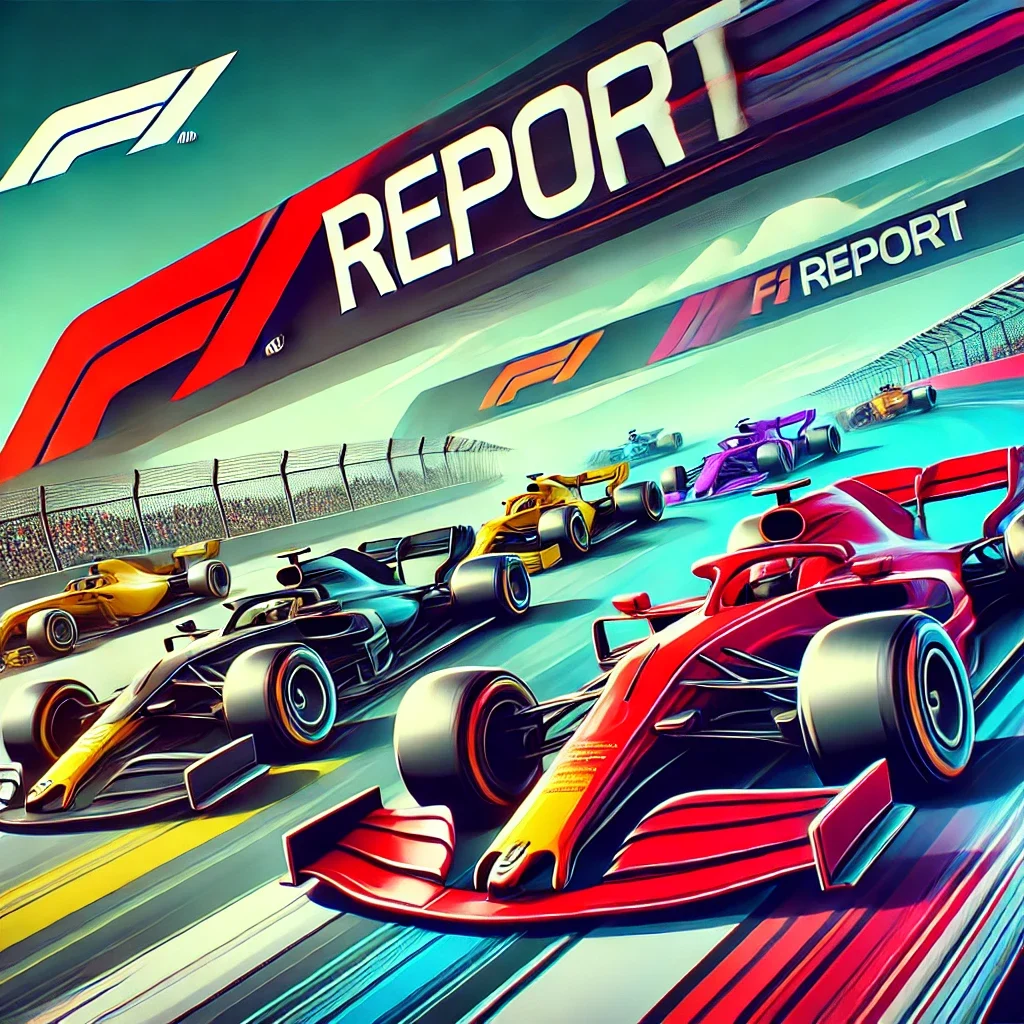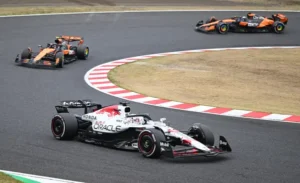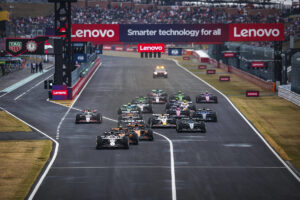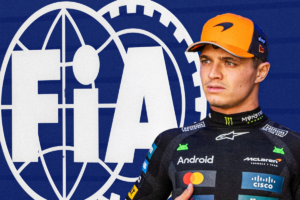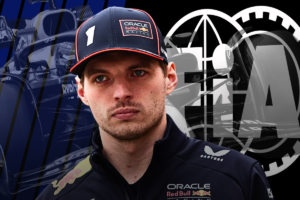Just in:First Details of Lewis Hamilton & Charles Leclerc groundbreaking new Ferrari F1 car unveiled…readmore
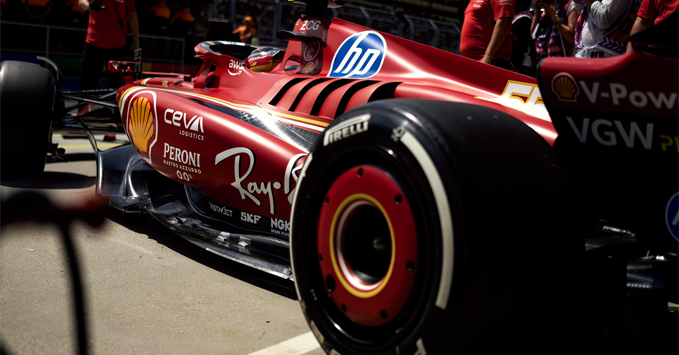
Just in:First Details of Lewis Hamilton & Charles Leclerc groundbreaking new Ferrari F1 car unveiled…readmore
The first details of Ferrari’s new Formula 1 car for 2025, to be driven by Lewis Hamilton and Charles Leclerc, have been unveiled. This vehicle marks a significant shift from the SF-24 model used in the 2024 season. One of the most dramatic changes involves moving from a push-rod suspension at the front to a pull-rod suspension, which requires a complete redesign of the front chassis. The rear suspension will retain the pull-rod configuration, but Ferrari plans further refinements to the kinematics and a shortened gearbox for improved performance.
Another major update is the redesign of the sidepod air inlets. These will be repositioned and reduced in size to better manage the air turbulence created by the front wheels, a feature that Ferrari hopes will address aerodynamic issues and enhance overall performance.
Ferrari’s 2024 season saw significant progress, finishing second in the Constructors’ Championship behind McLaren. The SF-24, while visually similar to its predecessor, the SF-23, featured major internal changes. These included lengthening the fuel tank area and shortening the gearbox by approximately 5 cm, while maintaining the same wheelbase. This modification allowed for optimized weight distribution, which improved vehicle dynamics and load transfer management through the suspension system. Despite keeping the same suspension layout, Ferrari revised internal kinematics and component positioning, ensuring a stronger relationship between aerodynamics and vehicle dynamics.
However, the team faced challenges with an ambitious mid-season upgrade introduced in Spain. The upgrade was aimed at increasing downforce generated by the floor while reducing drag through new wing configurations. Although promising in theory, this update reintroduced porpoising, an issue that made the car difficult to handle and increased tire degradation. The problem stemmed from integrating the upgrade into a platform that had already reached its dynamic balance limit. The increased aerodynamic loads altered the distribution across the floor, disrupting the balance between aerodynamics and vehicle dynamics.
Ferrari’s issues with the 2024 upgrades highlighted the limitations of the existing design. While the SF-24 was a marked improvement over the SF-23, the attempted updates exposed the car’s developmental ceiling. Despite these setbacks, Ferrari made incremental gains throughout the season, tweaking aspects like sidepod inlets, low-profile design elements, and cooling vents. These changes reflected the team’s ongoing efforts to adapt and enhance performance throughout the year.
As Ferrari looks to 2025, some of the experimental features tested during the 2024 season, such as a new floor configuration trialed by Charles Leclerc at the Lusail International Circuit in Qatar, offer insights into the future car’s design. Though the floor update did not provide a significant performance boost, it hinted at the innovations Ferrari plans to bring into the upcoming season. The 2025 car will focus on addressing the shortcomings of the previous model, with a particular emphasis on optimizing aerodynamics and balancing the relationship between vehicle dynamics and downforce generation.
F1 LATEST NEWS
First Details of Lewis Hamilton & Charles Leclerc groundbreaking new Ferrari F1 car unveiled
The first details of Ferrari’s new Formula 1 car for 2025, to be driven by Lewis Hamilton and Charles Leclerc, have been unveiled. This vehicle marks a significant shift from the SF-24 model used in the 2024 season. One of the most dramatic changes involves moving from a push-rod suspension at the front to a pull-rod suspension, which requires a complete redesign of the front chassis. The rear suspension will retain the pull-rod configuration, but Ferrari plans further refinements to the kinematics and a shortened gearbox for improved performance.
Another major update is the redesign of the sidepod air inlets. These will be repositioned and reduced in size to better manage the air turbulence created by the front wheels, a feature that Ferrari hopes will address aerodynamic issues and enhance overall performance.
Ferrari’s 2024 season saw significant progress, finishing second in the Constructors’ Championship behind McLaren. The SF-24, while visually similar to its predecessor, the SF-23, featured major internal changes. These included lengthening the fuel tank area and shortening the gearbox by approximately 5 cm, while maintaining the same wheelbase. This modification allowed for optimized weight distribution, which improved vehicle dynamics and load transfer management through the suspension system. Despite keeping the same suspension layout, Ferrari revised internal kinematics and component positioning, ensuring a stronger relationship between aerodynamics and vehicle dynamics.
However, the team faced challenges with an ambitious mid-season upgrade introduced in Spain. The upgrade was aimed at increasing downforce generated by the floor while reducing drag through new wing configurations. Although promising in theory, this update reintroduced porpoising, an issue that made the car difficult to handle and increased tire degradation. The problem stemmed from integrating the upgrade into a platform that had already reached its dynamic balance limit. The increased aerodynamic loads altered the distribution across the floor, disrupting the balance between aerodynamics and vehicle dynamics.
Ferrari’s issues with the 2024 upgrades highlighted the limitations of the existing design. While the SF-24 was a marked improvement over the SF-23, the attempted updates exposed the car’s developmental ceiling. Despite these setbacks, Ferrari made incremental gains throughout the season, tweaking aspects like sidepod inlets, low-profile design elements, and cooling vents. These changes reflected the team’s ongoing efforts to adapt and enhance performance throughout the year.
As Ferrari looks to 2025, some of the experimental features tested during the 2024 season, such as a new floor configuration trialed by Charles Leclerc at the Lusail International Circuit in Qatar, offer insights into the future car’s design. Though the floor update did not provide a significant performance boost, it hinted at the innovations Ferrari plans to bring into the upcoming season. The 2025 car will focus on addressing the shortcomings of the previous model, with a particular emphasis on optimizing aerodynamics and balancing the relationship between vehicle dynamics and downforce generation.
Ferrari fans can look forward to a bold new chapter with Lewis Hamilton and Charles Leclerc at the helm. With this innovative new car design, the team hopes to mount a serious challenge for the championship in 2025, building on the progress made in 2024. Both drivers, along with the Ferrari team, are preparing to take the fight to McLaren and other competitors in what promises to be an exciting new season for Formula 1.
If you’re a Ferrari enthusiast, don’t forget to check out official Ferrari merchandise and secure tickets for next season’s races, where you can support your favorite drivers from the trackside.
